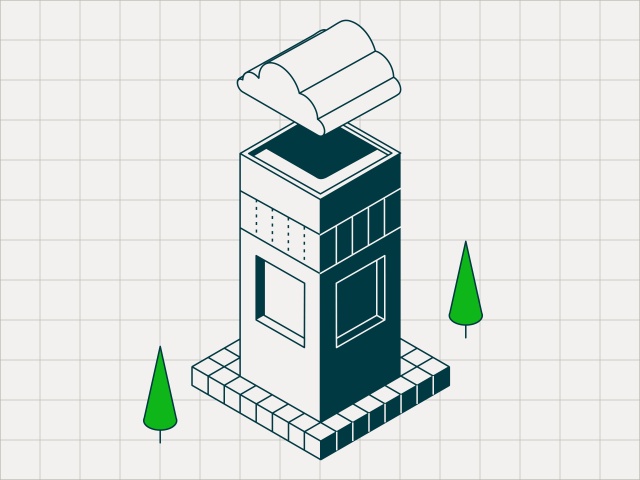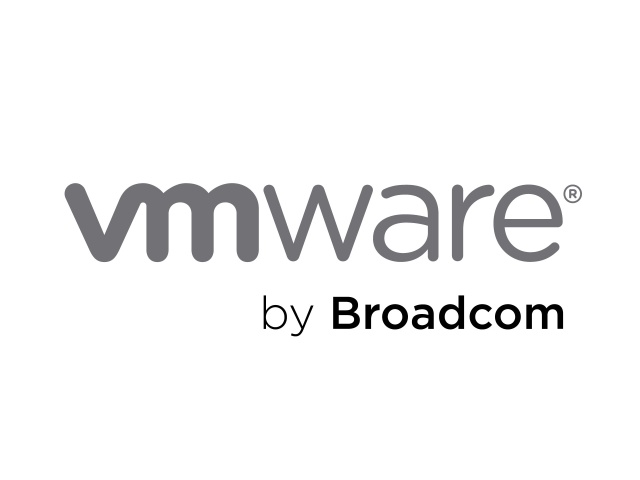Is the rise of “as a service” on-prem infrastructure offerings from the Industry giants really no more than a stealth tax on complexity?
The IT Industry loves a good bandwagon to jump on. Over the last few years the popularity of SaaS models for software has given rise to a trend to extend this model to the IT infrastructure itself. Whether it’s HPE’s Greenlake, Dell’s Apex or, as of last week, Oracle with Alloy the giants of the IT industry have rushed to bring to market offerings that enable the purchase of in-house, on-prem data infrastructure on OPEX based consumption models.
On the face of it, there’s something quite seductive about the idea. Abstract away all of the integration of building the infrastructure you require. Hand off to a third party all of the lifecycle management of hardware and software underpinning your applications and potentially the applications themselves. Have “one throat to choke” when things go wrong. And all on a sliding scale of monthly fees based on what you consume.
What’s not to love - right?
Buying into a business model
The beating heart of these offerings is not the technology per se. In the short to medium term (at the very least), what’s happening “under the hood” is the mother of all systems integration jobs. Armies of specialised professional services folks are taking the products from the multiple $Bn divisions across these IT behemoths and threading them together into packaged solutions for you to buy from the menu, and figuring out the services that will then be required to keep that service up and running. Armies more finance and product management folk then analyse the costs in doing all of that and the ongoing overhead of taking on the ownership of its life lifecycle.
It’s complex stuff to then price that on an OPEX basis, ensuring that the associated risks are understood and factored in, and the resulting profit is worth the risk. Complex to build, complex to own, complex to assess risk, and then complex to price.
One thing’s for sure, what you’re not buying into in these services is a technology. What you’re buying into is a business model.
So why pivot the business to these models?
In my opinion, I think what we’re seeing is an acknowledgement that the way the IT industry has evolved over the last couple of decades is flawed.
As an industry we’ve allowed silos of technology (primarily compute, network and storage, but beyond that the layers of orchestration, management and automation that service them) to evolve on their own, largely unrelated paths. At the same time investment in innovation in hardware (at least in terms of “mainstream” data infrastructure) has languished - with investment (and investors) favouring a model using genericised hardware at the lowest common denominator, with all differentiation in the software above the appliance operating system.
The result is overly complex and inefficient infrastructure that almost works against the highly skilled engineers who must integrate it into a resilient and secure platform onto which organisations can operate effectively.
Solve that complexity though, and that would be a game changer - right?
What’s stopping them?
Let’s take HPE as an example. With Compute a ~$3Bn/ Qtr business and storage at over a $1Bn/ quarter, the momentum and inertia in these division’s current course and speed is immense. How do you significantly bring the roadmap of these “supertankers” together quickly to work on something deep in the technology to solve the complexity across them? Arguably, if you’re already the owner of a growing $3Bn division, where is even the incentive? The bottom line is you can’t. It’s going to be slow, it’s going to be painful, so in the interim abstracting the complexity behind a wall of professional services and a business model is your best (maybe your only) bet if you want to move the complexity needle quickly.
Service or tax
So where does that leave you as a customer? It leaves you picking up the costs of all that integration work, the legions of specialists in different siloed disciplines required, and the fat in the margin in order to de-risk the complexity for the vendor.
At some point these costs start to feel less like a convenient service and more like a complexity tax.
You surely have to wonder, if the technology was simpler, less siloed, more intelligently designed then this tax would be so much smaller. So small, in fact that maybe you wouldn’t even need the business model at all.
Handing over the keys to the castle
Of course, the other thing happening here is that you are effectively ceding control of your entire infrastructure to a single third party. From that decision point everything from your day to day operations to your complete IT strategy is really in the hands of that single service provider. If their roadmap starts to veer in its priorities from your own it’s going to be hard to get that course reset among competing demands from their other customers. And that challenge may be harder still, as most likely you’ll have lost some of your more senior team members, having watched their strategic roles diminish.
Building a technology, not silos
This silo problem strikes at the heart of why SofIron was founded a little over a decade ago. A recognition that breaking these silos down is hard and only a ground up re-imagining of the entire product and system design and realisation process would be needed if ever compute, network and storage - and the management needed to live with them were ever going to come together as one platform. One technology.
HyperCloud is the culmination of that work. A single technology for the entire cloud infrastructure. A technology that runs deep into the heart of the hardware, and wide across the services it is able to deliver. It abstracts away those layers of composition that have evolved over the years and instead unites it all in one seamless fabric. A fabric that regular mortals in the IT team can care and feed for with confidence and without relying on specialists at every point in its life lifecycle.
HyperCloud is “tax-free”
When you’ve done the heavy lifting in the technology then “as a service” becomes just that. A service, not a complexity tax. When it’s as simple to add more resources to your cloud as it is with HyperCloud (anyone that can work a screwdriver can do it), you might even decide that a consumption model is less important to you. Just buy and install more boxes incrementally as needed. But even if you do choose to purchase your infrastructure in an OPEX model, the transparency in that model you’ll get with HyperCloud, and from our channel partners that bring HyperCloud to you, will ensure that your cloud is effectively “tax free”.





